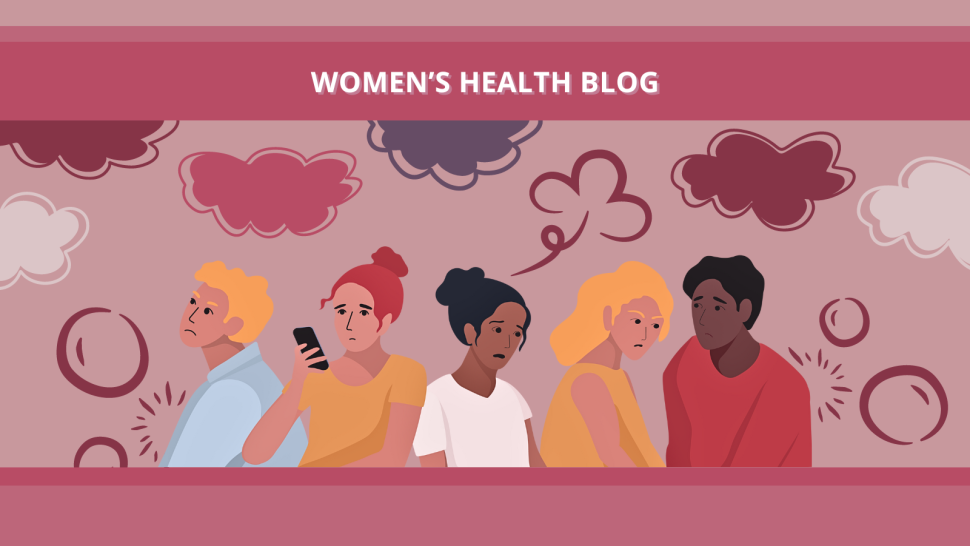Authors: Jessica Stewart, PhD Candidate, Health Psychology, University of British Columbia | Editors: Romina Garcia de leon and Shayda Swann
Published: January 19, 2024
It’s not hard to believe that people with tendencies toward anger or aggression will end up with more health problems than those who have a positive outlook. Many studies have shown that personality traits are associated with physical health and mortality.
Personality traits can be identified as patterns of feelings, thoughts, and behaviours that take shape in one’s childhood and become consistent throughout one’s life.
The Five-Factor Model of personality is a common method of describing personality traits and separates the traits into agreeableness, conscientiousness, extraversion, neuroticism and openness to experience.
Hostility, which is an attribute of neuroticism, is associated with coronary heart disease and mortality, while conscientiousness predicts longevity.
Depressive symptoms, which approximately 350 million people around the world currently experience, have been linked to personality traits. A 2023 study showed that all five dimensions of personality were linked to changes in depressive symptoms but neuroticism has the strongest association with depressive symptoms, with people who are high in neuroticism being more likely to experience depressive symptoms.
Personality traits may also be a cause of the considerable sex difference in depressive disorders that exists between males and females across sociocultural contexts. This difference exists across the lifespan, with females around twice as likely as men to experience depressive disorders from adolescence to late adulthood.
Neuroticism and depression in women
In a 2022 study, neuroticism was correlated with the prevalence of probable major depressive episodes for both men and women. Still, the effect of neuroticism in the incidence and persistence-recurrence of probable major depressive episodes was only found in females. In other words, the study found a neuroticism-related vulnerability in women for the incidence or persistence-recurrence of a major depressive episode.
Past research has suggested one neural mechanism between neuroticism and depression found only in women. It has been described as a correlation between neuroticism and resting-state regional cerebral blood flow in the hippocampus and midbrain, and neuroticism predicted depressive symptoms through greater activity of these regions, which are used in emotional processing and regulation.
Conscientiousness and depression in women
Conscientiousness affects men and women differently as well. In the same 2022 study, the interaction found between gender and conscientiousness for the incidence of depressive symptomatology demonstrated a larger protective effect of conscientiousness for men compared to women. In other words, being high in conscientiousness helps men prevent depressive symptoms more than it does for women.
Considering the impact of personality traits and gender on depressive symptoms, researchers recommend including personality and gender-specific strategies in mental health and depression intervention or prevention programs.
